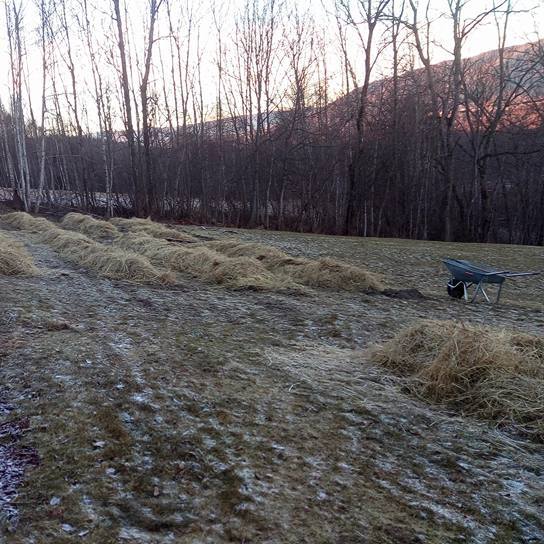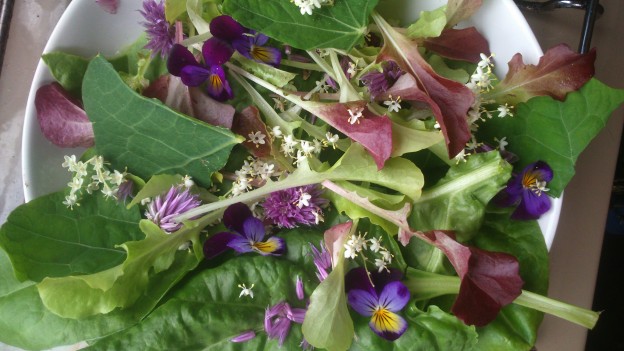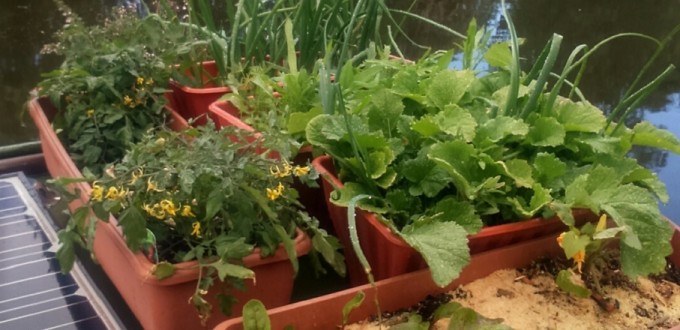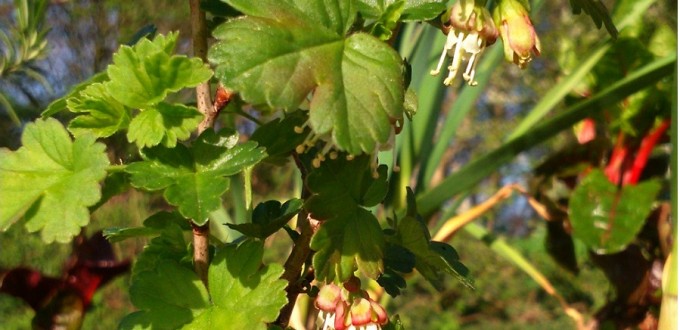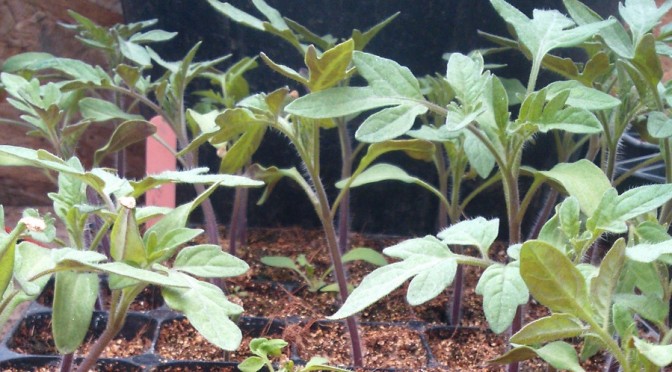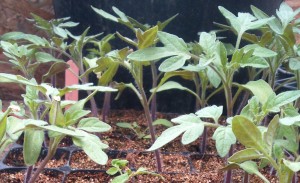The snow is blanketing the slopes and the clouds in the valley are hanging at what seems to be just above head height from my chair. I’ve made my first stock of the year from vegetable peelings and chicken bones, and I’m planning that by the end of the year this simple healthy base food will be all part of a closed loop system here on the farm.
Our goals for this year include raising chickens for meat and eggs, keeping turkeys, growing 50% of our own vegetables and establishing a herb bed. These may seem like the goals of an underachiever to some, I’ll freely admit that my natural inclination is to declare my intent to do “everything” but to make things easier for my other-half I’ve promised to understate my ambitions everywhere including here. It’s not natural for me, but hey, it can’t hurt!
In order to facilitate our plans for 2017 we have been doing some solid ground work. He has been building me a glasshouse from scratch. It’s a time consuming process. Getting the “free” windows was the easy bit. Since then, he’s scraped them all, re-puttied the seals, cut and hauled trees from our wood, milled wood to spec, built walls in sections, oiled, primed them and begun the gables. This week he hauled the second load of logs to our mill, it took 3 straight days. They are very big logs and among other projects they will also be the main frame for the glasshouse. At just under 50 square meters the glasshouse is going to be bigger than our cabin. He’s put in a lot of work to help ensure our growing has every advantage possible.
To compliment the glasshouse I’ve dug and mulched 10 out door beds, which will be our “kitchen garden” at 10m x 1.25m they give us approximately 125 square meters of growing space for the semi-hardy and hardy vegetables that will make up the bulk of our diet. I’ll tell you what, after three months of eating shop bought and mostly non-organic vegetables I am really excited to get back to eating food we know the sources of. Come on Spring!

Our cat who also made the journey to our new home in Norway. He’s settling in now and likes to ensure he knows what’s going on. Here, he is “owning” the logs that are going to be milled this spring.
